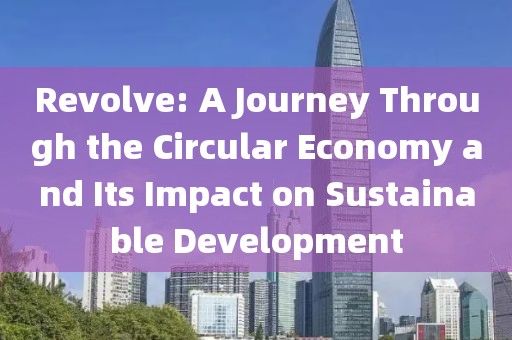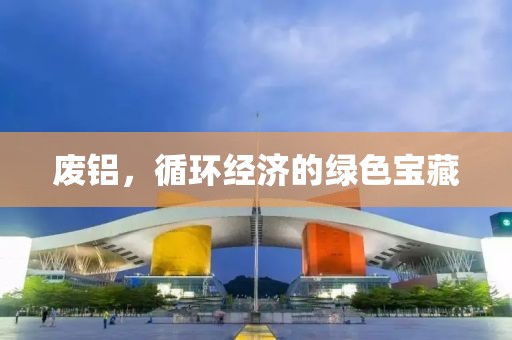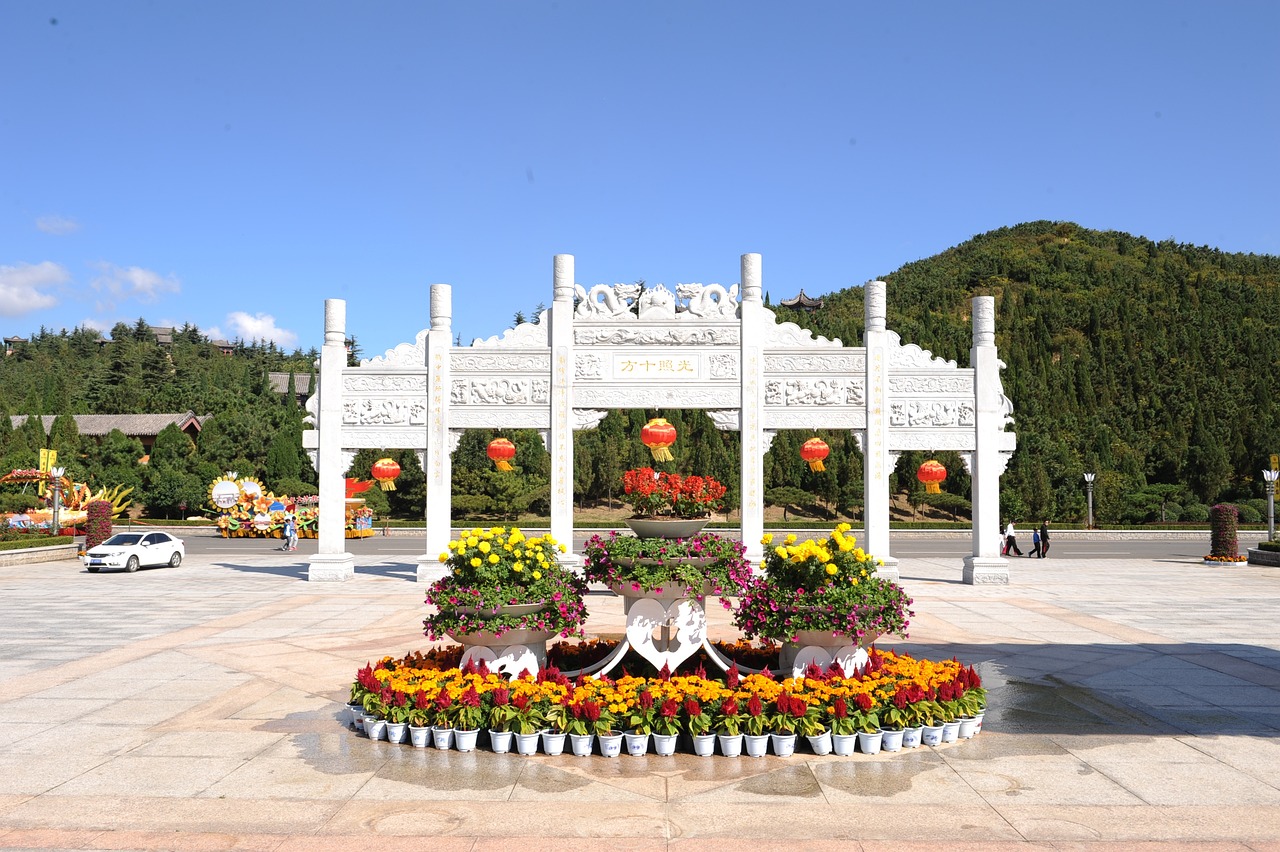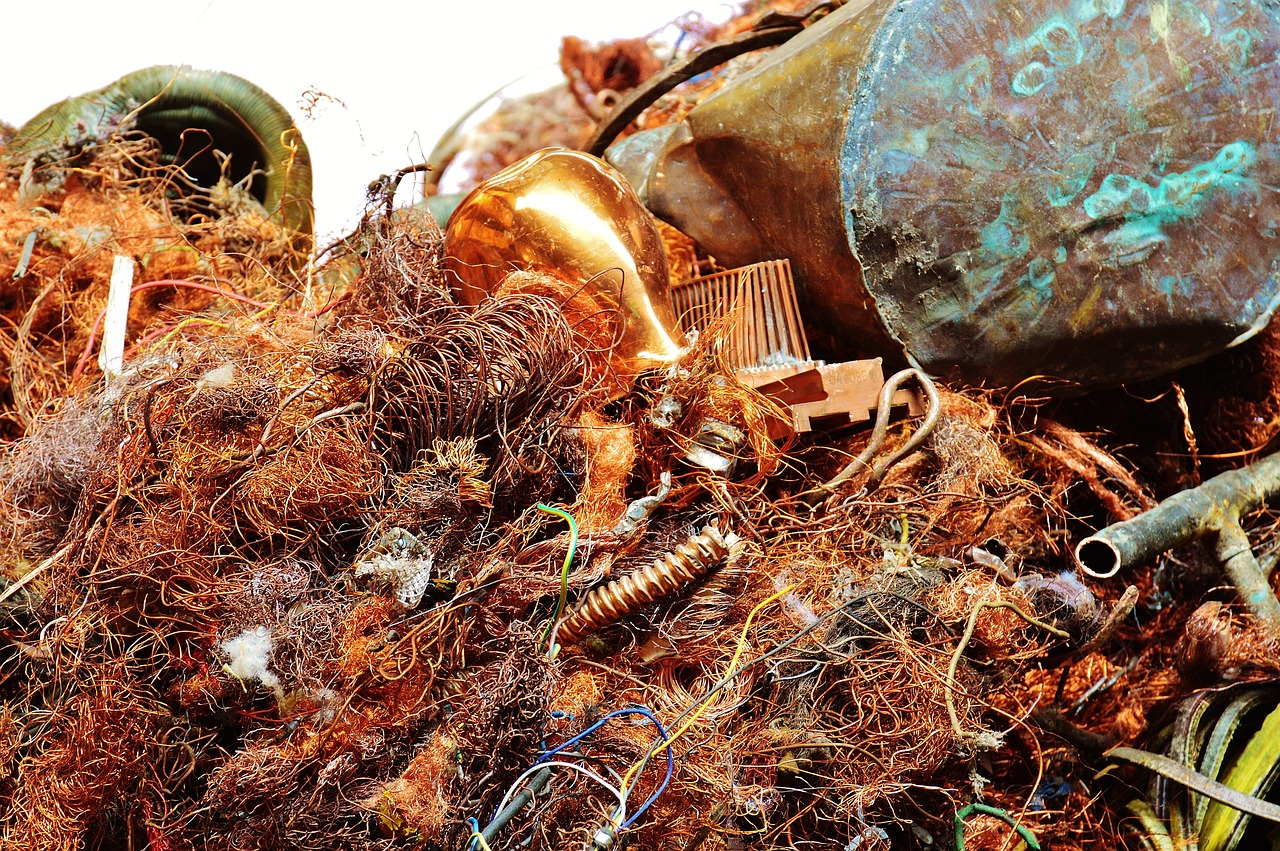Revolve: A Journey Through the Circular Economy and Its Impact on Sustainable Development
《Revolve: A Journey Through the Circular Economy and Its Impact on Sustainable Development》一书探讨了循环经济对可持续发展的影响。书中介绍了循环经济的概念、原则和实施路径,并分析了其在减少资源消耗、降低环境污染、促进经济增长等方面的优势。书中也指出了实施循环经济面临的挑战和障碍,如技术、政策、市场等方面的限制。通过案例研究和国际比较,书中展示了不同国家和地区在推动循环经济发展方面的成功经验和教训。该书强调了政府、企业和消费者在推动循环经济中的角色和责任,并提出了促进循环经济发展的政策建议和行动计划。通过阅读本书,读者可以更好地理解循环经济对可持续发展的重要性,并探索如何在自己的生活和工作中实践循环经济的理念。
In the tapestry of human progress, the concept of "revolving" has taken on a new significance in the 21st century. Gone are the days when the term was synonymous with mere rotation or repetition; today, it embodies a fundamental shift in our understanding of economic activity—a shift towards a circular economy. This paradigm, which revolves around the principle of designing out waste and promoting the circular use of resources, is not only reshaping industries but also redefining our relationship with the planet. This article delves into the intricacies of the circular economy, its implications for sustainable development, and the role each of us can play in this revolving narrative.
The Traditional Linear Economy: A Recipe for Disaster
To fully appreciate the significance of a circular economy, it is essential to understand its antithesis—the traditional linear economy. In this model, resources are extracted from nature, transformed into products, used, and then discarded as waste. This linear flow has been the backbone of modern economies, but its consequences are now evident: pollution, depletion of natural resources, and a mounting pile of trash that threatens the very existence of our planet. The linear model is a one-way street towards environmental degradation and economic stagnation.
The Rise of the Circular Economy: A New Paradigm
The circular economy, on the other hand, revolves around a circular flow of materials and resources. It aims to minimize waste generation by designing products that can be reused, repaired, refurbished, or recycled at the end of their life. This approach fosters collaboration between businesses, consumers, and governments to create a closed-loop system where resources are efficiently and sustainably utilized. The circular economy is not just about reducing waste; it is about creating value from what was once considered waste.
The Three Rs: The Pillars of the Circular Economy
The circular economy revolves around three core principles known as the "Three Rs": Reduce, Reuse, and Recycle.
Reduce involves minimizing the use of resources and energy at the design stage itself. This includes using fewer materials, choosing more sustainable materials, and designing products with longer lifespans.
Reuse encourages consumers to keep products in use for as long as possible through repair, refurbishment, or sharing. This reduces the need for new production and associated environmental impacts.
Recycle involves recovering materials at the end of a product's life and using them as feedstock for new products, closing the loop on waste.
The Impact on Sustainable Development
The circular economy is a powerful tool for achieving the United Nations' Sustainable Development Goals (SDGs). By promoting resource efficiency, it helps in achieving Goal 12—Responsible Consumption and Production. It also contributes to Goals 6 (Clean Water and Sanitation), 13 (Climate Action), and 14 (Life Below Water) by reducing pollution and carbon emissions. Moreover, a circular economy fosters innovation and job creation, aligning with Goal 8 (Decent Work and Economic Growth).
Business Models in the Circular Economy
Businesses are at the forefront of this revolution. Companies are adopting various business models to transition towards a circular economy. Some examples include:
Product-as-a-Service (PaaS) Models: Instead of selling products outright, companies offer access to products through subscription services. This model encourages customers to use products more efficiently and prolongs their lifespan.
Closed-Loop Systems: Companies design products to be returned at the end of their life for recycling or refurbishment. This approach ensures that materials are kept in circulation rather than ending up in landfills.
Circular Supply Chains: Businesses are collaborating to create supply chains that minimize waste and maximize resource efficiency throughout the value chain.
Cradle-to-Cradle (C2C) Design: This approach ensures that products and their components can be safely reused or recycled at the end of their life without causing harm to humans or the environment.
Consumer Role in the Circular Revolution
While businesses play a crucial role, consumers too have a significant part to play in this revolving narrative. Educating oneself about circular practices, choosing products with a circular design, repairing instead of replacing, and participating in recycling programs can all contribute to this shift. Moreover, consumers' preferences drive market demand, encouraging businesses to adopt more circular practices. As such, conscious consumption is a powerful tool for fostering a circular economy.
Challenges and Opportunities Ahead
Transitioning to a circular economy is not without challenges. Overcoming entrenched habits, addressing market barriers such as lack of infrastructure for recycling and refurbishment, and ensuring that circular practices are financially viable are some of the hurdles to be overcome. However, these challenges also present opportunities for innovation and collaboration across sectors. New technologies like blockchain for tracking products throughout their lifecycle, advanced materials science for creating more recyclable products, and circular design thinking in product development are poised to revolutionize our approach to resource management.
Conclusion: A Revolving Tale for Our Future
In essence, the circular economy is not just a trend; it is a necessary step towards sustainable development in an era of finite resources and mounting environmental pressures. It revolves around a fundamental shift in how we value resources, products, and waste—from seeing them as disposable to recognizing their inherent value and potential for reuse or recycling. As we embark on this journey, it is crucial to remember that every action counts. From individual choices to corporate strategies and government policies, each piece of this puzzle contributes to the larger picture of a more sustainable future. Let us embrace this revolving narrative with open arms, recognizing that every rotation brings us closer to a world that is not just sustainable but thriving.
转载请注明来自上海亿美匠新型建材有限公司,本文标题:《Revolve: A Journey Through the Circular Economy and Its Impact on Sustainable Development》







 京公网安备11000000000001号
京公网安备11000000000001号 苏ICP备2020052478号-1
苏ICP备2020052478号-1
还没有评论,来说两句吧...